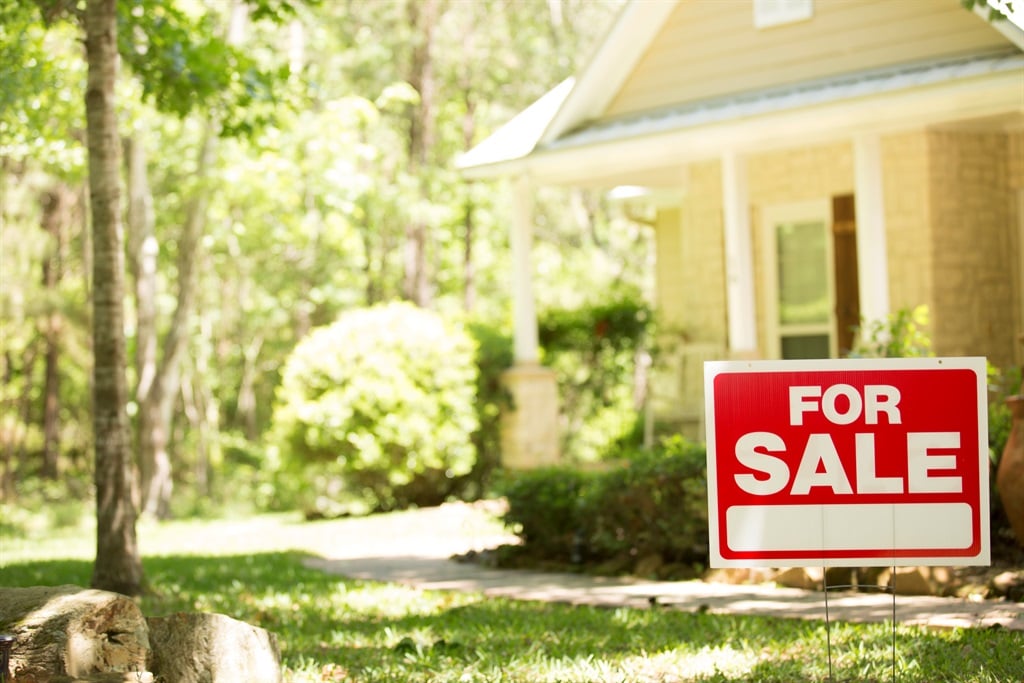## FNB Sees Growing Trend of Affordable Housing Customers Using Family Stokvels and Collective Buying to Buy Homes
Key Highlights :

The rising cost of living and the highest interest rates in 14 years have forced many South African consumers to seek out cheaper options when it comes to buying a home. One such option is collective buying, which allows up to 12 people to buy a home together. According to FNB, its collective-buying mortgage option has seen a 41% book growth since its inception in August 2021, and the total collective loans disbursed stood at R346 million as of the end of June.
FNB says that while the product was initially used mainly by more affluent customers to buy holiday houses at the coast or to finance semigration homes in the Western Cape, where properties are more expensive, 23% of collective-buying loans now comprise affordable housing customers. This is due to the fact that rising interest rates have made it difficult for individuals to afford a home on their own, and so they are turning to family stokvels or collective buying to make it more affordable.
FNB's affordable housing book stood at about R20.5 billion as at end-June 2023, spread out across more than 70 000 low-income households. To help lower-income communities with limited access to collateral to boost their net asset value through home purchases, FNB is increasingly developing new products. This includes the integration of government subsidies into FNB's affordable housing lending process to improve affordability for customers, as well as interest rate hedging mechanisms to smooth out the impact of rate hikes on borrowers.
FNB broadly defines the affordable housing segment as households earning a gross salary of between R3 500 and R29 600 per month, though there is further hyper-segmentation within this customer bracket. This includes so-called gap housing, which caters to the missing middle of consumers who don't quite qualify for a home loan but also earn too much to be considered for a state housing subsidy.
At the bottom of the housing market pyramid is what is typically referred to as the indigent market, which consists of customers grossing less than R3 500 per month. This segment is largely catered to through subsidised housing provided by government's RDP [Reconstruction and Development Programme] or BNG [Breaking New Ground] schemes.
Overall, FNB is noticing a growing trend of customers using collective buying and family stokvels to buy homes, particularly in the affordable housing segment. This is helping to make home ownership more accessible to South Africans, which is a positive development in a country where it would take nine people earning R4 000 a month to be able to collectively buy a newly built entry-level home costing R500 000.
